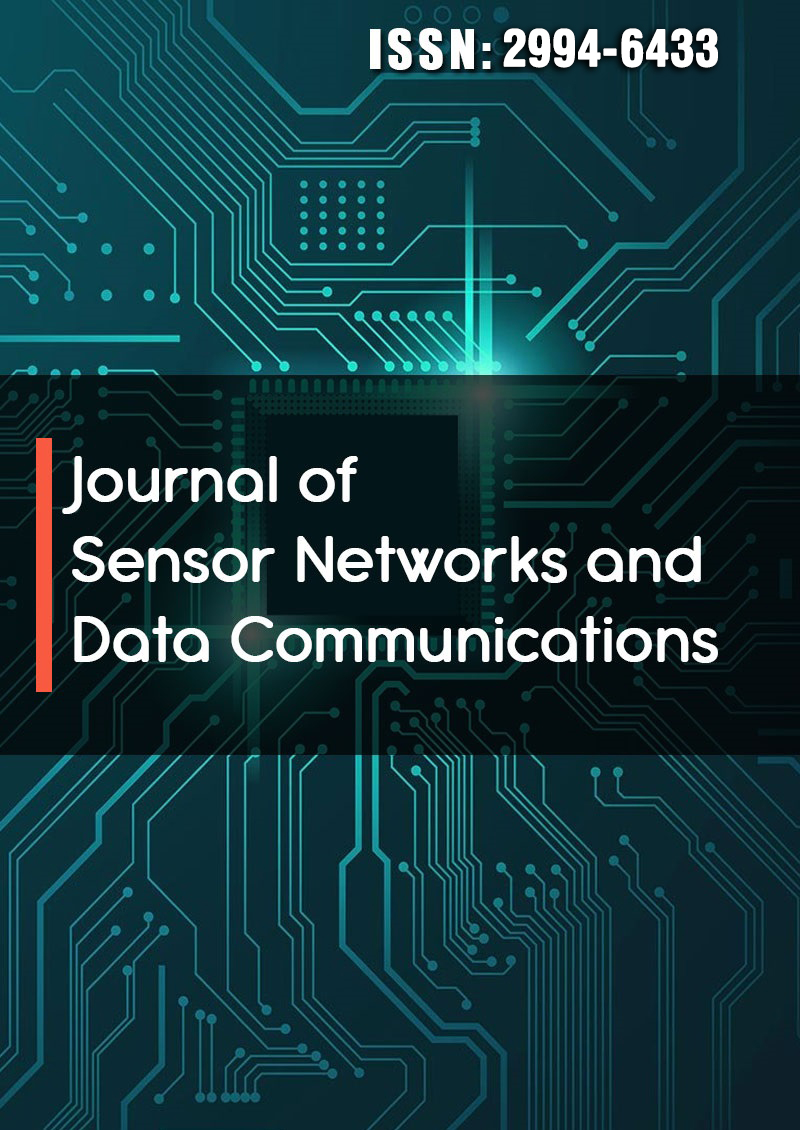The MIMO Data Transfer Line with Three-Frequency Quaternion Carrier
Abstract
Vadim Mikhailovich Sovetov
With the development of communication systems and the Internet, as well as with the growth of services created on the basis of communication networks, the need to increase the capacity of communication channels is increasing. Theoretically, it is shown that it is possible to increase the capacity of communication channels and exceed the “Shannon limit” by moving from the real space of signals on a plane to a multidimensional one with dimension M. In a multidimensional space, each signal is a multidimensional vector, and when such a signal passes through a channel, a MIMO (Many-Input – Many-Output) scheme is formed.
As an alternative to existing methods for implementing a MIMO scheme in a physical space with multiple antennas at the input and output of a communication channel, a method for transmitting information using a MIMO scheme in a hypercomplex vector space with one antenna for transmission and one for reception is proposed for wireless communication systems and communication cables.
It is known that hypercomplex numbers are an extension of complex numbers through the doubling procedure and form a hypercomplex space on imaginary orthogonal axes and one scalar axis orthogonal to them. For example, a quaternion in algebraic form is written as q= s+xi+yj+zk, where s, x, y, z – real numbers, i, j, k – imaginary units. A quaternion forms a four-dimensional (4D) space. Hypercomplex numbers are also widely known, such as the octonion in 8D and sedenion in 16D spaces. Accordingly, based on these numbers, MIMO schemes with dimensions of 4D, 8D, 16D are implemented.
Let us represent the mathematical model of a MIMO channel in a hypercomplex space using a square channel matrix of dimension MxM. From an energy point of view, this MIMO channel model is equivalent to the antenna diversity MIMO model. With an orthogonal channel matrix, maximum capacity is ensured. To synthesize the channel matrix, an exponential function of the quaternion and a polar form of representation of exponentials of imaginary units were used. To get rid of imaginary units in the algebraic form of writing a quaternion and for the purpose of forming a channel matrix, it is represented as a real matrix of dimension 4x4, i.e. three-frequency fundamental matrix Ф(ωi ,ωj .ωk ,t).
Using trigonometry formulas, the channel matrix is decomposed into 4 single-frequency matrices of combination frequencies: Ω1 =ωi +ωj +ωk , Ω2 =ωi +ωj -ωk ,, Ω3 =ωi -ωj +ωk ,, Ω4 =ωi -ωj -ωk . A three-frequency channel matrix will, accordingly, be equal to the sum of single-frequency matrices. Modulation of subcarrier frequencies is carried out by multiplying the channel matrix by information vectors: y(ωi ,ωj .ωk ,t)=Ф(ωi ,ωj .ωk ,t)x(0). As a result of multiplication, we obtain QPSK modulation for each combination frequency. When adding frequencies, we obtain a multifrequency oscillation in each element of the modulated vector. Moreover, each element of the output vector y(ωi ,ωj .ωk ,t) contains information about all elements of the information vector x(0), transmitted at all 4 combination frequencies.
Elements of the modulated vector are transmitted sequentially as information elements arrive, and the speed of information transmission at the output is equal to the speed of information arrival at the input of the transmitter. Moreover, each multi- frequency element consumes the entire transmitter power, which is distributed between 4 frequencies and 4 spatial orthogonal coordinate axes. In addition, in the proposed solution only the elements of the multi-frequency vector are transmitted, and not the elements of the channel matrix, as in existing methods. Thus, using the space-time channel matrix synthesized on the basis of a hypercomplex number, we implement the MIMO scheme in M=2n - dimensional vector space, where n=2,3,4,... for the number of frequencies F=2M-2.
According to the transmission model, interference is added to each pulse of the modulated vector when passing through the communication channel. It is clear that the interferences are not correlated, and with a constant dispersion of the interferences, the interference vector has circular symmetry. Consequently, the interference power is distributed along orthogonal axes and frequencies. Since the interference is white noise, the optimal receiver for the received vector will be a correlator using transposed basis matrices for each combinational frequency.
By multiplying incoming modulated multi-frequency elements in the sum with interference by single-frequency basis matrices with subsequent integration, we obtain an estimate of each information element with uncorrelated interference and at different frequencies. Since when summing signals add up by energy, and noise - by power, the gain in the signal- to-noise ratio (SNR) based on different basic matrices for the quaternion will be equal to 4. After adding up the obtained estimates for different frequencies, we also obtain a gain in SNR by another 4 times. The total gain in SNR will be 16. It is possible to increase the information transmission speed by an appropriate number of times at a given transmission power. By expanding the frequency band, it is also possible to increase the noise immunity and secrecy of transmitter operation. Since the same information is transmitted in each symbol of a multi-frequency vector, the noise immunity to signal fading in time and frequency increases.



